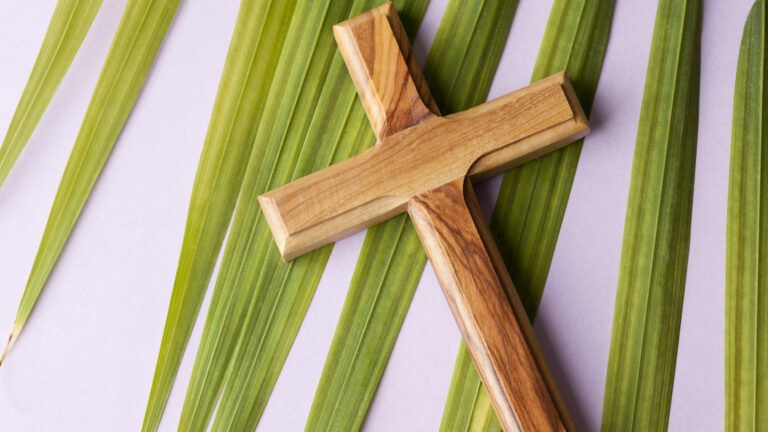Have you bowed today?
To many in the 21st-century, bowing is a lost art. Sure, you may “bow your head” in prayer at mealtimes. You may bow as you enter your church. If you practice the divine office or worship in a certain kind of church, you may bow when reciting the “Gloria” (Glory to the Father, Son, and Holy Spirit).
But historically and biblically, bowing is an essential part of the prayer life, as evidenced in the Bible’s psalms:
But I, by your great love, can come into your house; in reverence I bow down toward your holy temple (Psalm 5:7 NIV).
Come, let us bow down in worship, let us kneel before the Lord our Maker (Psalm 95:6 NIV).
I will bow down toward your holy temple and will praise your name for your unfailing love and your faithfulness (Psalm 138:2 NIV).
Bowing—whether in public worship or private prayer—does some important, even indispensable, things for us:
1) It slows us down. It’s hard to run while bowing. It can be done, but bowing helps us to “be still” (Psalm 46:10 NIV) and even, if we let it, pause long enough to get quiet.
2) It encourages humility. It’s also hard to bow proudly. Bowing is one way to do as James urges: “Humble yourselves before the Lord” (James 4:10 NIV).
3) It conveys reverence for God. As David, the shepherd king of Israel, sang, “in reverence I bow down” (Psalm 5:7 NIV). Bowing reminds me that “the Lord on high is mighty” (Psalm 93:4 NIV).
4) It invites submission and surrender. Bowing is the posture of a servant toward a master, a subject toward a king. When we bow, we obey the biblical injunction to “Submit yourselves, then, to God” (James 4:10 NIV).
5) It drives away temptation and the tempter. Though many translations of James 4:10 insert a full stop between the verbs “submit” and “resist,” we may understand the verse more as a continuum, as expressed in the Douay-Rheims version: “Be subject therefore to God, but resist the devil, and he will fly from you.” Bowing can be resistance against evil.
So, whether or not you come from or participate in a “bowing tradition,” you might consider finding a way to bow in prayer. Perhaps take a moment to bow as you enter church or approach your place of prayer. You might bow at certain points in public worship (such as when a song lyric includes the word “holy” or “king”). Or (depending on your agility) bow before taking a seat or rising from your seat.
However you do it, try incorporating the physical act of bowing into your life of prayer and worship, and see if it helps you express and experience some things you otherwise might not.





